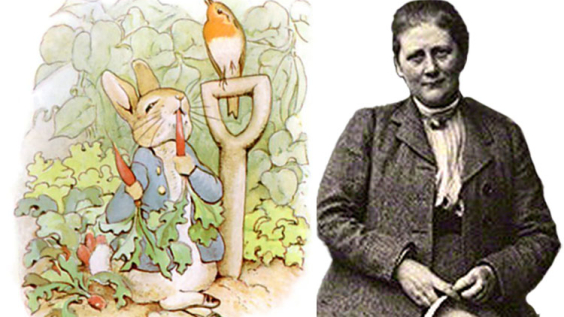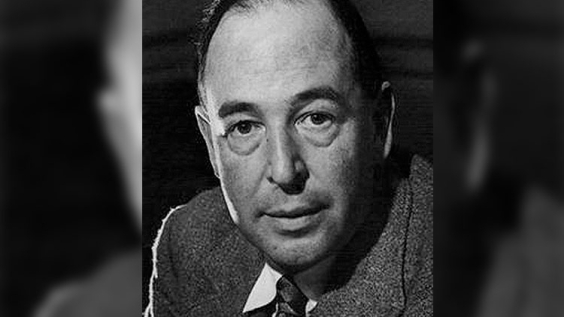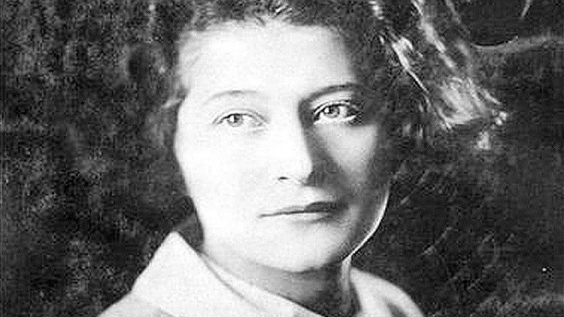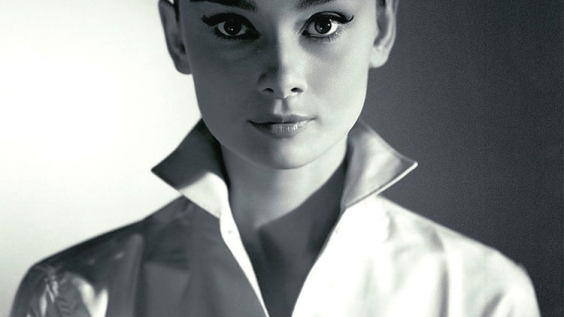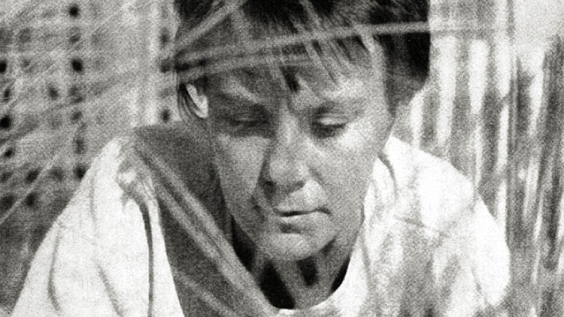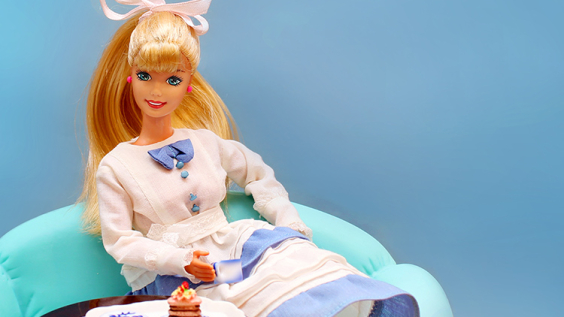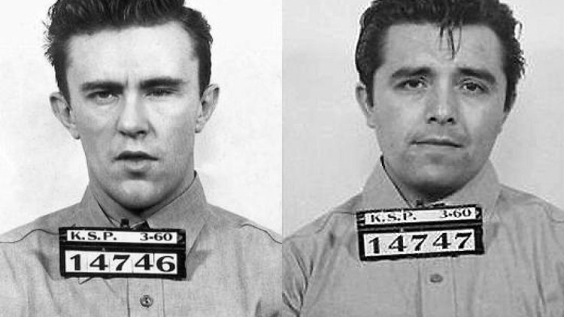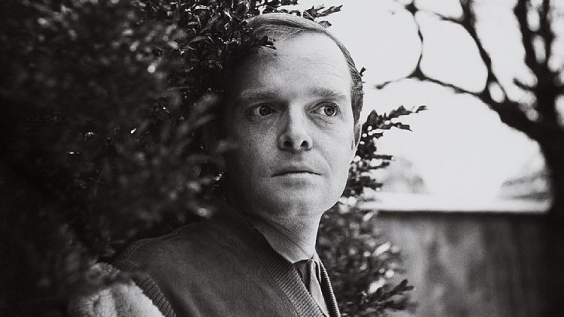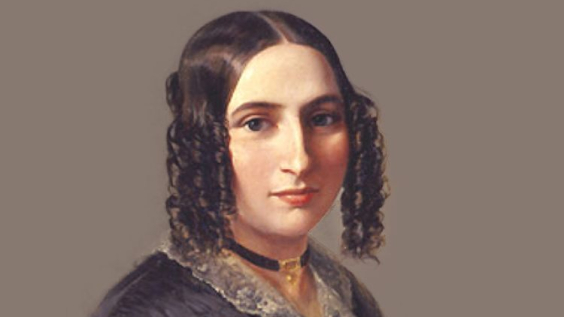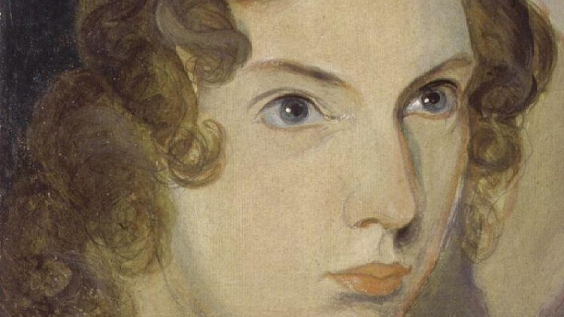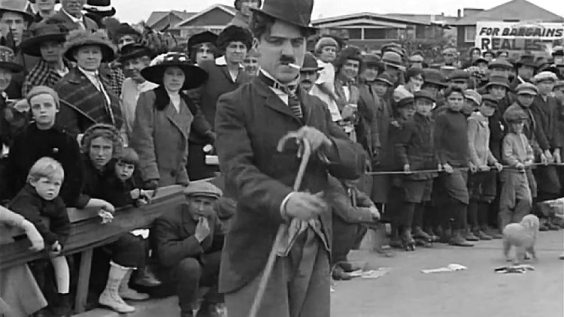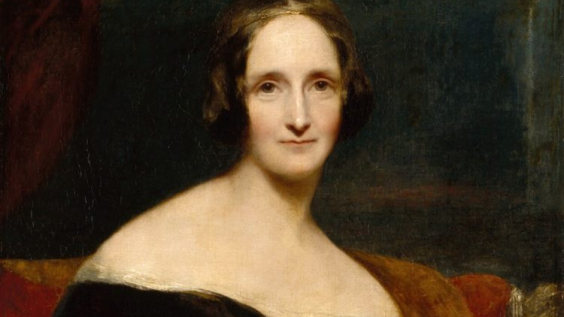
A product of religious fervour and political upheaval, the banning of plays in London and across England in 1642 was a moment that has come to symbolise the grey years of Puritanical rule in England during Oliver Cromwell’s Commonwealth.
After decades of the likes of Shakespeare, Webster and Marlowe creating a thriving theatrical scene in the capital, the playhouses then fell silent for 18 years, until the restoration of the monarchy in 1660.
Such a move would have been impossible if London had still resided under the rule of a monarch in 1642. Theatre and the court had long been intertwined and, from the reign of Elizabeth I onwards, performances put on for the monarch as well as for ordinary people were frequent.
In this sense, theatre had provided an unprecedented form of entertainment that was enjoyed by all classes.Though this had changed somewhat by Charles I’s reign, with contemporary plays less bawdy and aimed at higher-brow audiences, the playhouses of London were still packed with people enjoying the works of previous decades.
The Puritans vs the monarchy
For Elizabeth I and her successors James I and Charles I, theatre was a good way of keeping the people of London happy, and something that they enjoyed being associated with.
Charles’ enemies, on the other hand, were fervent Puritans, united by their disapproval of the monarchy, which was seen as too Catholic and ‘of the theatre’, which was despised for its frivolity and, like most other forms of entertainment, regarded as sinful.
These views were central to the Puritans’ Protestant movement, which regarded the reformation of the Church of England to be only half complete, and aimed to stamp out remaining traces of Catholicism. Such traces included what they saw as excessive levity, and, if necessary, a royal family that was seen as far too sympathetic to the Catholics.
 Listen Now
Listen NowCharles I’s grandmother Mary Queen of Scots had been implicated in a number of Catholic-inspired plots against the Protestant Elizabeth I, and Charles was well-known for doting on his French Catholic wife, Henrietta Maria, whom he permitted to hear Mass said daily. Similarly, the English court was heavily influenced by France, which was Catholic.
Civil war
By 1642, there was also growing friction between the king, who maintained belief in his divine right to absolute rule, and the Puritan-dominated Parliament, which were chafing under what it saw as Charles’ heavy-handed, incompetent and authoritarian rule.
In January things came to a head, when Charles broke the laws of England’s unwritten constitution by marching into the House of Commons and demanding the arrest of five influential Puritanical members who had been in strong opposition to him.
By the time he arrived, these members had fled, and, realising the scale of his actions, Charles left the capital shortly afterwards, preparing for a civil war with his own parliament that he would eventually lose, and which would cost him his life in 1649.
This left London solely under parliamentary control, and power in the hands of the unpopular but politically gifted Puritan faction, headed by Oliver Cromwell.

Oliver Cromwell by Samuel Cooper
Image Credit: After Samuel Cooper, Public domain, via Wikimedia Commons
The ban on plays
The banning of plays on 6 September 1642 was ordered by the ‘Long Parliament’, which would remain in power until the restoration of the monarchy in 1660. It declared that “public stage plays” were of “lascivious merth and levity” and therefore incompatible with “these times of humiliation” and civil war.
The playhouses themselves were not closed but used for other events, while only very short unofficial performances were permitted in the city. In 1648, the ban was enshrined in law, though an underground scene predictably never went away.
The wait for the restoration of the monarchy may have been long, but the death of arch-Puritan Oliver Cromwell and the accession of Charles II, who was known as the ‘merry monarch’, led to a renaissance in the English theatrical scene. This was aided by the emergence of female actresses on stage for the first time, previously, female parts had been played by men.
 Listen Now
Listen NowThese new female actresses were England’s first modern-style celebrities: often embroiled in scandal (many actresses were snapped up as mistresses to supplement their income), they brought entertainment and gossip to the masses. Charles II himself had a longtime mistress who was an acclaimed actress, ‘pretty, witty’ Nell Gwynne.
With the Restoration came a new genre of play, the Restoration comedy, which involved bawdy and sexually explicit language, contemporary jokes and references to gossip and scandal and outlandish, witty comedy: in short, everything the Puritan regime had loathed and feared most about stage plays.



